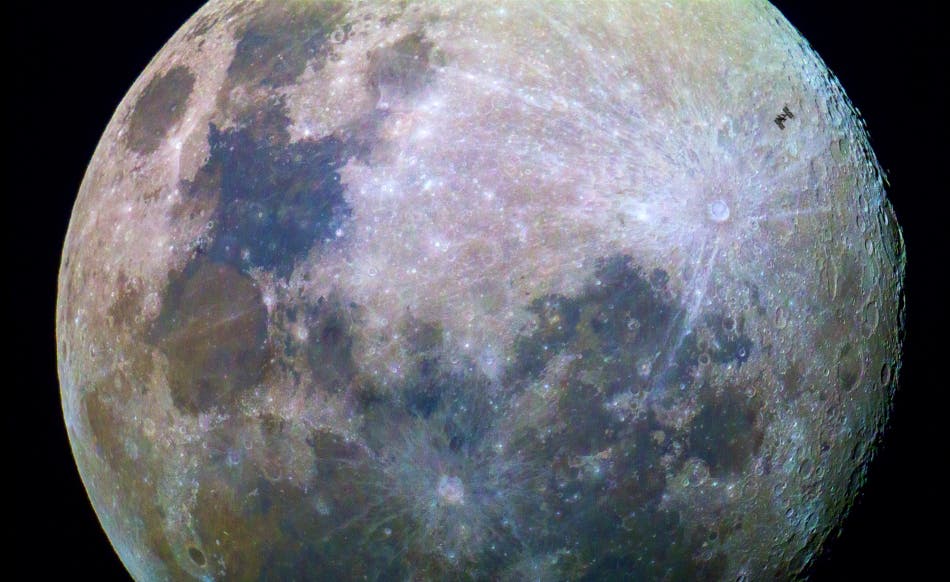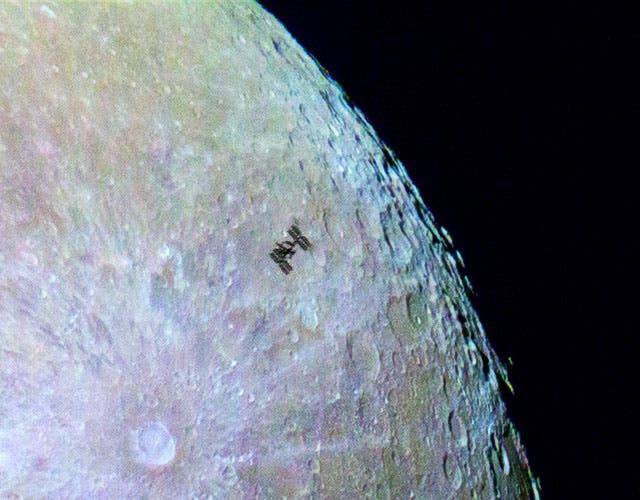Dylan O’Donnell, an amateur photographer, took one of the luckiest shots ever: the International Space Station past the moon. Any astro buff would be envious.

Using NASA’s “Spot The Station” application, O’Donnell was able to know by the fraction of the second when the space station would race past the moon in his location. That doesn’t mean it was easy. The space station orbits the Earth every 92.91 minutes at a whopping speed of 27,000 km per hour. It passes the moon in just 0.33 seconds.
O’Donnell positioned his setup, madeup of a Canon 70D and Celestron 9.25-inch telescope, and fired a burst of exposures in the nick of time. He used an ultra fast shutter speed of 1/1650th of a second and ISO 800 to freeze the motion of the space station.

“I was super happy to catch the silhouette of the ISS over the disc of the Moon,” an excited Dylan O’Donnell was quoted as saying. “If you think that it might be a case of sitting there with your camera and a clock, with one hand on the shutter release, you’d be absolutely correct!,” he added.
Check out this photo and others in high res at O’Donnell’s website.






